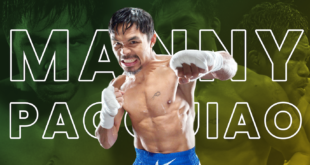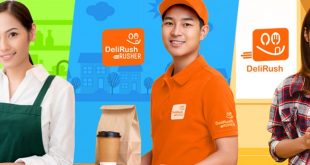
The pandemic has certainly affected every Filipino citizen at varying degrees. One of the government’s answers to the global health crisis was enacting the Republic Act 11469 or the Bayanihan to Heal as One Act. Under Section 6, it states that “individuals or groups creating, perpetrating, or spreading false information regarding COVID-19 crisis on social media and other platforms” will be imprisoned or charged with a fine of up to Php 1 million.
RA 11469 is effective until last Friday, June 5. “Bayanihan 2” or the Bayanihan to Recover as One bill, is currently underway. It seeks to continue the government’s response against coronavirus and allocate an additional budget of Php 140 billion for the COVID-19 response.

The problem with misinformation
Undoubtedly, there is a need for regulation when it comes to information shared online, especially with the rise of previously unheard terms like “mass testing”. In the time of COVID-19, a misunderstanding over semantics endangers many people who would rather listen to doubtful sources instead of facts.
It is also easier to create and spread fake online content. Some netizens may not recognize the difference between maliciously edited content as they may resemble news from reputable sources. The spread of false information online also demonstrates how crucial the role of the press is during a crisis. The general public will depend on both the government and reliable news sources so they can be fully informed and protected.

Honest and responsible sharing
As Filipino citizens, it is our duty to fight against digital misinformation. What steps can we take to fight fake news online?
Be vigilant. Observe if the piece of content is merely clickbait, whose purpose is to get more traffic using sensationalism or fear-mongering.
Look deeper. Slow down and look at the material closely. Fact-check by finding primary sources such as interviews, direct quotes, and official documents.
Assess the source. Check the official timestamp when the content was published. Verify that the account that posted has a verification badge, like the Twitter blue checkmark. For screenshots, go to the account and find the actual post on their feed. For charts or infographics, take note of the source cited and if it is a reliable source. If possible, do a reverse image search on photo content.
This uncertain time has proven the critical role that communication has when it comes to crisis response. Ultimately, we should aim to be discerning citizens. We must strive to exercise good judgment always. Let’s put an end to fake news and avoid spreading hate and fear.
Sources: Senate of the Philippines, Manila Bulletin, Rappler, South China Morning Post, Council of Europe Commissioner for Human Rights, The Verge
 Empowered Life Empowering The Filipino
Empowered Life Empowering The Filipino



